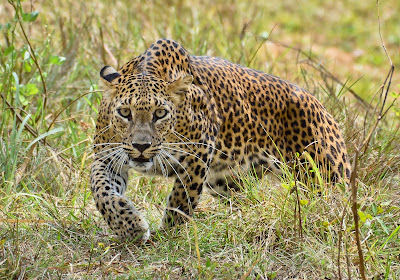Extra Credit Reading Notes: Hasinai Legends
Why the Skunk Walks Alone:
Why the Woodpecker Pecks:
- Skunk first given spots so he could blend in
- still afraid - given sharper teeth and claws
- Greed: wanted more
- The Great Spirit gave him a strong smell
- Writing idea: incorporate how the skunk got its distinct markings (the stripe on the back)
- The other animals asked the Great Spirit to give them the ability to know when the skunk was coming - something like that
- Start story out with young girl daydreaming, looking out of her window
- Hears the Tap! Tap! Tap of the woodpecker
- Looks out to the pecan tree and sees a woodpecker
- Woodpecker is shy - stops pecking and sneaks around to the other side
- Makes her think back to a tale her grandmother told about the mescal plant
- mescal plant had little buttons on it - when eaten, the medicine men could talk with their ancestors
- No one else could touch them = bad luck
- Curious boy wanted to know what the medicine men were seeing
- snuck out to try some in the desert - describe the desert (then describe it again when he's tripping!)
- saw moving things that looked like gods
- told the other boys what he had seen the next day
- not long until all the people of the tribe were eating the buttons - stopped doing their duties, abandoned caring for their children
- one mother woke up and woke other up to find their children
- the Manitou, one of the gods that make the clouds and hurl lighting - found the children searching for food
- Took pity on them - hid them inside of hollow trees - out of the hot sun and away from the wolves
- Told the tribe what he had done - turn them into birds and if they found their children, Manitou would turn them back into humans
- black robes - into black of body
- black feathers - red of the head
- woodpeckers tap on looking for their children
Bibliography:
Why the Skunk Walks Alone; from When the Storm God Rides: Tejas and Other Indian Legends by Florence Stratton, 1936.
Why the Woodpecker Pecks; from When the Storm God Rides: Tejas and Other Indian Legends by Florence Stratton, 1936.
Image information: Striped Skunk by Tom Murray




Comments
Post a Comment